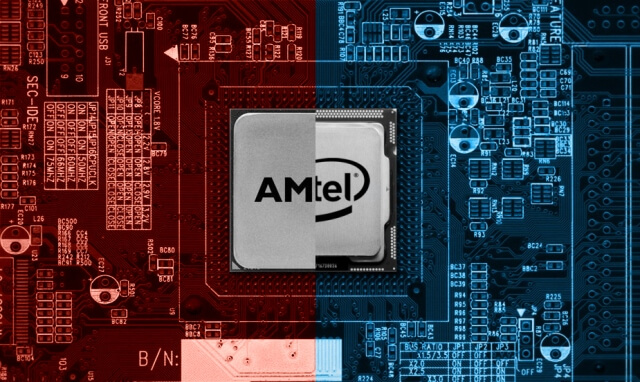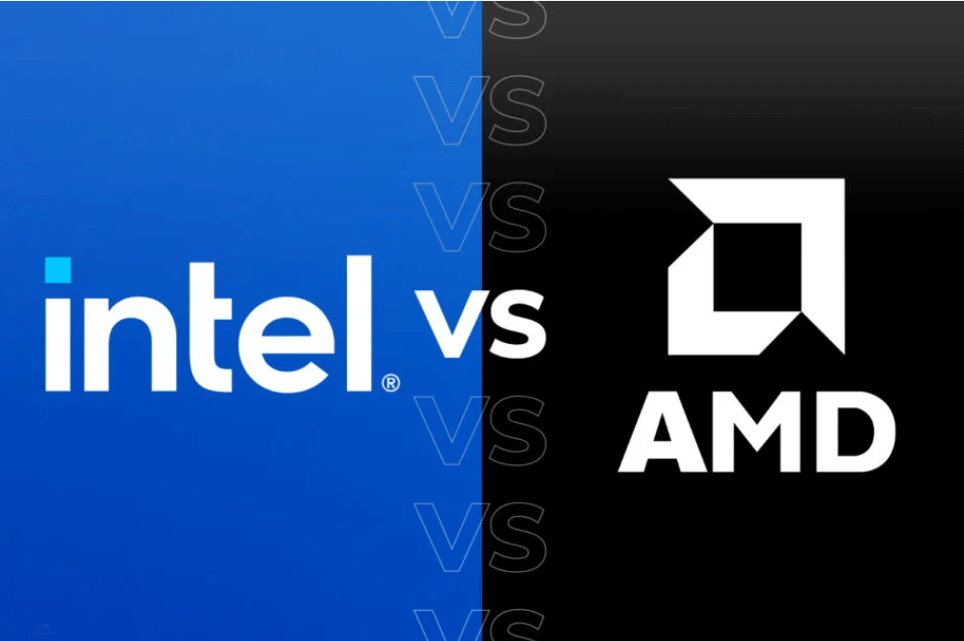When it comes to building or upgrading a computer, one of the most important decisions you will make is choosing a processor. Two of the most popular options are Intel and AMD processors. Both companies offer a range of processors with varying performance levels, features, and price points. In this article, we’ll compare Intel processors vs. AMD processors in detail to help you make an informed decision.
History
Intel is the older of the two companies, founded in 1968. It is known for its x86 architecture, which has been the dominant processor architecture for personal computers for many years. Intel has a reputation for producing high-end processors that offer excellent performance for gaming and other demanding applications.
AMD was founded in 1969 and initially focused on producing memory chips. It entered the processor market in the 1980s with its own x86-based designs. AMD’s processors have traditionally been considered the more affordable option, but the company has made significant strides in recent years to compete with Intel in terms of performance.
Performance
When it comes to performance, both Intel and AMD offer processors that can handle a range of tasks, from basic office work to demanding video editing and gaming. However, there are some differences between the two companies’ processors that can impact performance.

Clock Speed
Intel’s processors tend to have higher clock speeds, which means they can process instructions faster. This can give them an edge in single-threaded tasks, which use one processor core. For example, an Intel Core i7-11700K processor has a base clock speed of 3.6 GHz, while an AMD Ryzen 7 5800X has a base clock speed of 3.8 GHz. However, clock speed isn’t the only factor that affects performance.
Number of Cores and Threads
AMD’s processors tend to have more cores and threads than Intel’s processors at the same price point. This can give them an advantage in multi-threaded tasks, which use multiple processor cores. For example, an AMD Ryzen 9 5900X has 12 cores and 24 threads, while an Intel Core i9-11900K has 8 cores and 16 threads. This means that the AMD processor can handle more simultaneous tasks, which can result in better performance in certain applications, such as video editing and 3D rendering.
Cache
Cache is a type of memory that the processor uses to store frequently accessed data. Both Intel and AMD processors have different cache configurations that can affect performance. Intel processors tend to have larger L3 caches, which can help with performance in certain tasks. For example, an Intel Core i9-11900K has a 16MB L3 cache, while an AMD Ryzen 9 5900X has a 64MB L3 cache. However, AMD processors have faster access to cache, which can help with performance in other tasks.

Thermal Design Power
Thermal Design Power (TDP) is a measure of how much power the processor requires to operate. It can also give an indication of how much heat the processor generates. Intel processors tend to have higher TDPs than AMD processors, which means they can generate more heat. This can be an important factor to consider if you’re building a compact PC or if you’re concerned about noise levels.
Integrated Graphics
Integrated graphics are graphics processing units (GPUs) that are built into the processor. They can be a good option if you’re not planning to use your computer for demanding gaming or graphics applications. Intel processors tend to have better integrated graphics than AMD processors, which can make them a good option for budget builds or if you don’t want to invest in a separate graphics card.
Price Points
One of the main differences between Intel and AMD processors is price. Historically, AMD has been known for offering processors at a lower price point than Intel. This has made AMD processors a popular choice among budget-conscious consumers. However, in recent years, AMD has started to offer processors that compete with Intel in terms of performance, which has led to an increase in price for some of its high-end processors.





